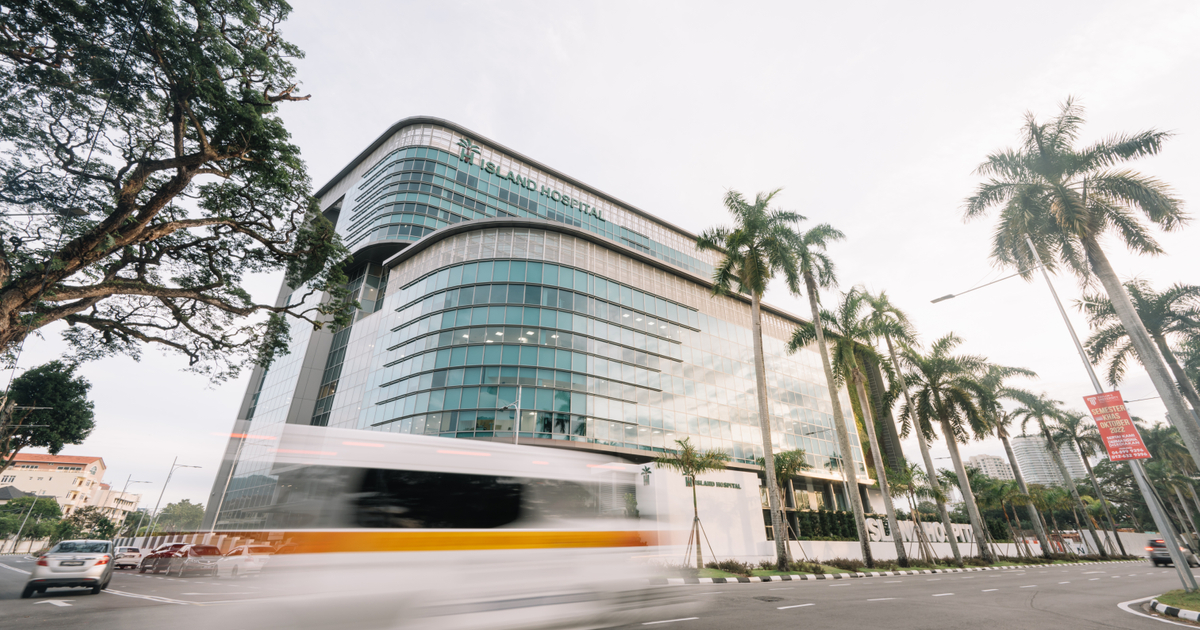IHH Healthcare snaps up Malaysia’s Island Hospital for $966m | FinanceAsia

A consortium led by previate equity player Affinity Equity Partners has sold its 100% stake in Malaysia’s Island Hospital to IHH Healthcare (IHH), a Kuala Lumpur-headquartered international healthcare group.
The 100% sale at a value of RM4.2 billion ($966 million) includes Affinity’s 78% stake, with the remainder of the shares belonging to the founder & CEO, Mark Wee, and senior doctors of the hospital.
Founded in 1996, Island Hospital (pictured) is a leading 600-bed healthcare provider in Penang, Malaysia, with 119 specialists across 40 medical and surgical specialties. Island Hospital attracts around one in three inbound foreign patients to Malaysia, according to a statement from Affinity. Medical tourism is one of the fastest growing parts of the Malaysian private healthcare market.
Under Affinity’s ownership, Island Hospital expanded its original 300-bed facility, through the development of the adjoining Peel Wing during the pandemic. Additional land has been acquired with approvals secured for future development, a media announcement said.
Since Affinity bought the hospital in 2015 for an undisclosed amount, Island Hospital expanded its medical and surgical offerings through recruitment and investments in medical infrastructure, resulting in a tripling of foreign patient volumes. During this period, profitability more than tripled, driven by mofd complex cases, and higher operating efficiency from the doubling of bed capacity, according to the announcement.
Island Hospital also invested in its core specialties of orthopaedics, gastroenterology and general surgery, and established new centres of excellence in cardiology and cancer.
Rippledot Capital Advisors acted as the sole financial advisor to the Affinity-led consortium on this transaction.
“Island Hospital’s evolution into a leading healthcare institution that positively impacts the community, stakeholders, and serves as a beacon of medical excellence in Malaysia and beyond . . . I’m confident that Island Hospital will continue to thrive under the IHH platform,” said Tang Kok Yew, founding chairman and managing partner, Affinity Equity Partners, in a statement.
Affinity Equity Partners is one of the largest independent private equity firms in Asia Pacific (Apac), investing in Asia Private Equity since 1998. Affinity has $14 billion of assets and funds under management, and is currently investing out of Fund V, a $6 billion fund. Affinity’s investment focus includes Korea, Australia, New Zealand, Southeast Asia, and Greater China.
For more FinanceAsia M&A deals click here.
¬ Haymarket Media Limited. All rights reserved.









.jpg&h=630&w=1200&q=100&v=e322934bf3&c=1)








